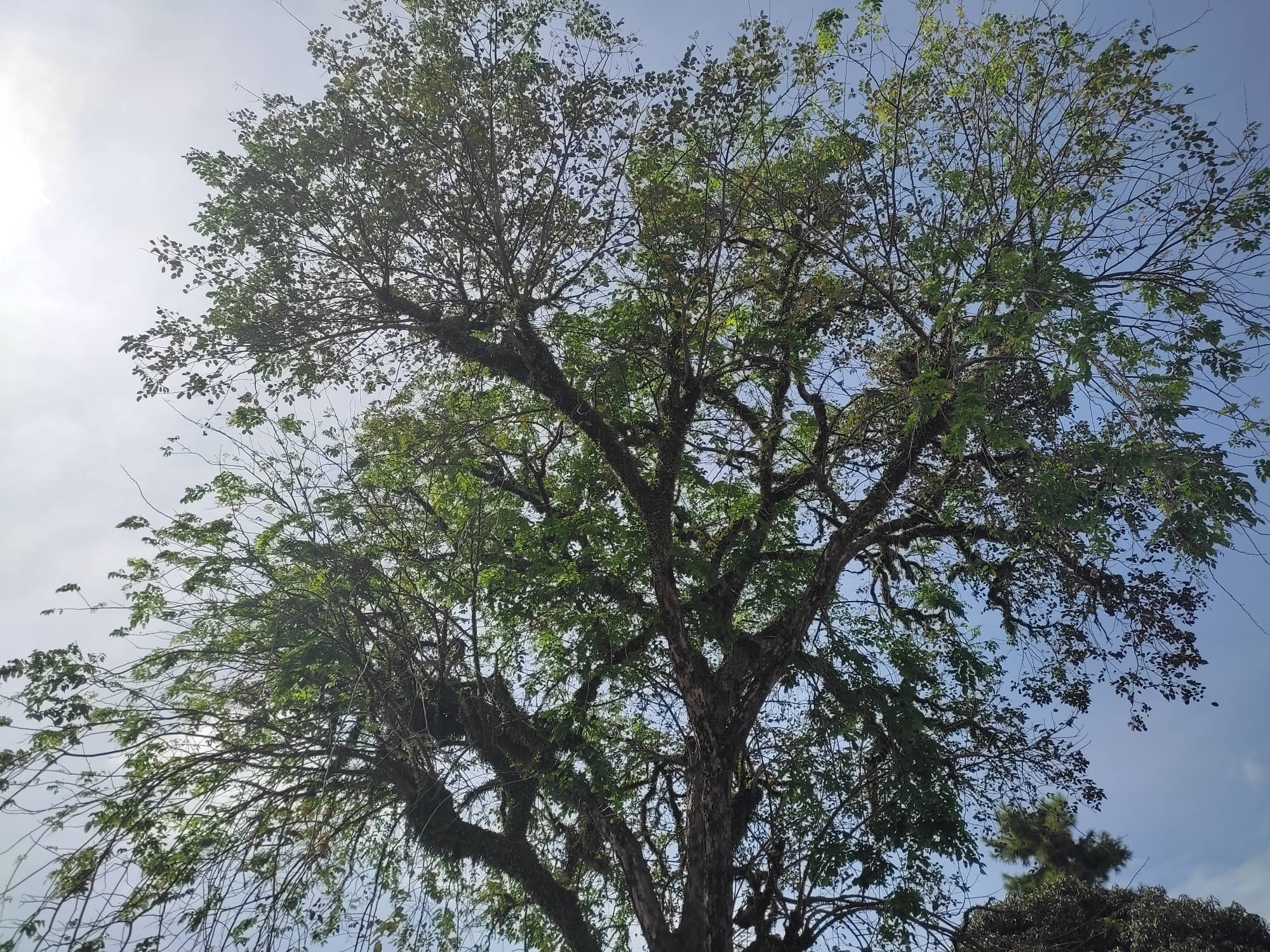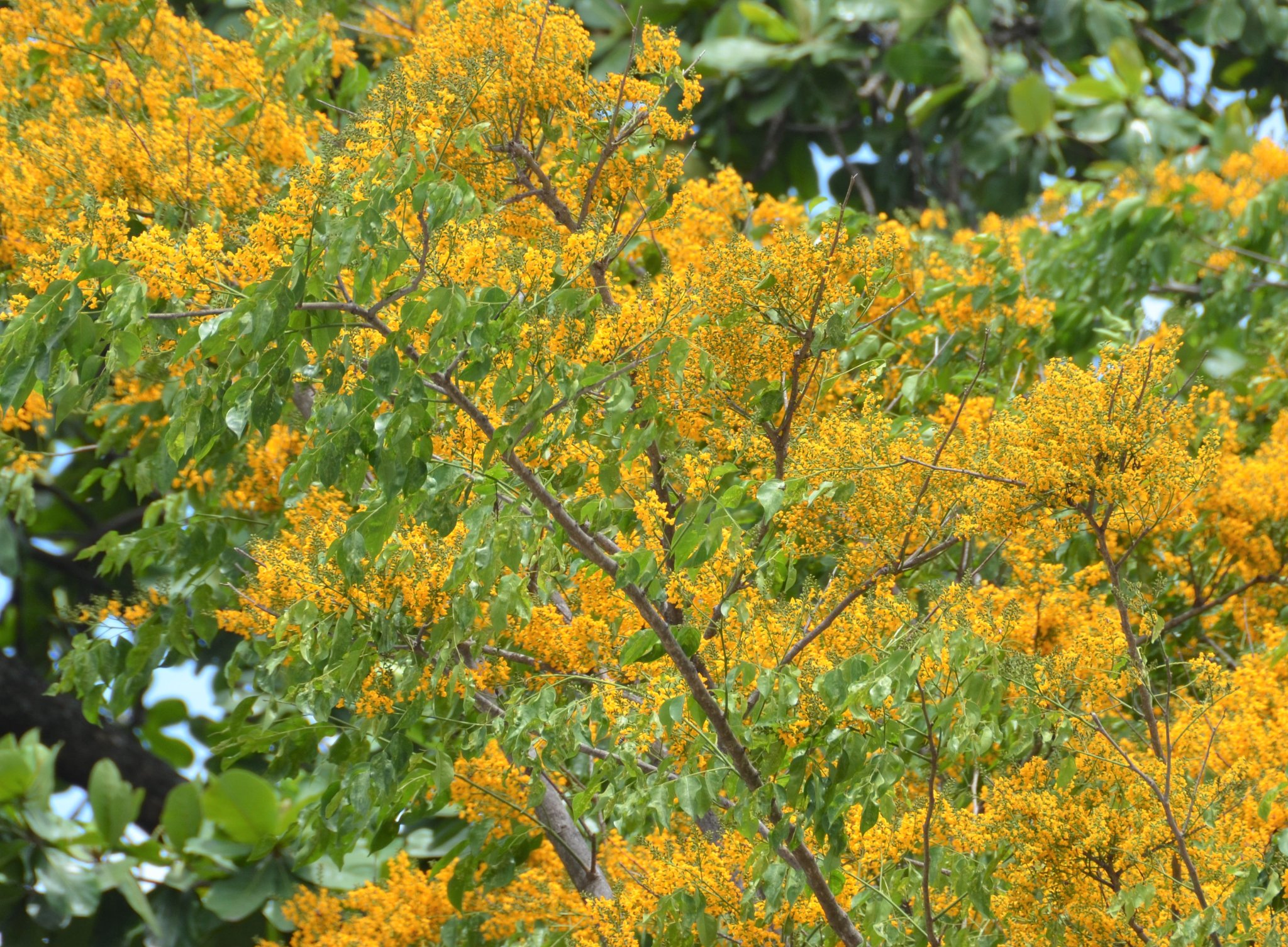Text and Photos by Henrylito D. Tacio
Filipino cancer patients who are looking for some miracle from heaven can now find some relief from the country’s tree icon.
Narra, which is endemic in the country and known in the science world as Pterocarpus indicus, has been found to have antioxidant properties that may be able to treat the dreaded cancer.
A study conducted by a medical student and her teammates from the University of Northern Philippines in Vigan “have proven that narra bark have properties that could potentially treat cancer,” said a news report.
Kathlyn V. Sagmayao, who headed the study, found “some evidence proving that narra bark extract contains substances that can reduce the growth of blood vessels thus, stopping tumors from growing.”
She presented the findings of the study during the National Medical Student Research Competition of the Association of Medical Colleges Student Network last year. The research was ranked third.
Among the phytochemicals found in the bark of narra were as follows: pterocarpan, pterostilbene, and isoliquiritigen. All these possess properties in treating cancer, particularly prostate cancer.
However, Sagmayao suggested that further scientific studies must be done to identify and isolate the bioactive compound of narra.
Meanwhile, another study conducted by researchers from the College of Pharmacy of the De La Salle University (DLSU) in Dasmariñas, Cavite, showed that narra could improve human health and wellness.
In the Narra Extract Research Study, the researchers use the ORAC or Oxygen Radical Absorbance Capacity, a method developed by scientists at the National Institute of Health and Aging, to measure the antioxidant capacity of different foods.
“The research team decided to measure and compare the ORAC scores of each process combination,” read the statement from the team of experts. “The ORAC score is also the unit of measure of antioxidants which is the body’s natural defense versus harmful compounds that are linked to multiple illnesses, including weakened immunity, diabetes, heart disease, and cancer.”
The ORAC scores of all methods tested displayed, the researchers found out, similarly high levels of antioxidant potency.
“There is a list by the United States Department of Agriculture and the narra extract, based on the ORAC score, ranks among the 10 percent foods that have antioxidant properties,” said Prof. Sigfredo Mata, contributing editor of the Narra Research. “That means to say that the narra extract is number one in the Philippines when it comes to antioxidant properties if we look at the ORAC score.”


Timothy Bengala, also a professor and primary investigator of the Narra Research, cited a study conducted by Xu et al in 2021 on pterostilbene, a potent antioxidant. The said study found out that pterostilbene is effective as immune-enhancing, anti-asthma, anti-cancer, antifungal, anti-ulcer, and anti-allergy.
With a high ORAC score, narra is a potent antioxidant, too. “As early as 2002, narra has been found to have medicinal value and was used as the main ingredient of a dietary supplement to improve the quality of life of those with diabetes, hypertension, arthritis, bladder stones, and infectious diseases,” the statement read.
The healing properties of narra have been known in the olden days. During the 16th and 18th centuries, narra was valued as a diuretic in Europe. Since the old days, tea prepared from the narra leaves had been a remedy against boils and diarrhea in traditional medicine.
Narra is called a variety of names in the country: naga, nalu, antagan, apalit, asana, bitali, dungon, lagcr, hagad, sagat, tagga, tagka, agana, balauning, bital, daitanag, kamarag, udiao, and vitali.
Narra may be endemic in the country, but it is on the verge of extinction. Only the most determined and relentless conservation campaign will preserve it. “Today, the Philippines has only small, scattered and endangered remainders of the tree,” laments Jethro P. Adang, director of Mindanao Baptist Rural Life Center (MBRLC) Foundation Inc. based in Kinuskusan, Bansalan, Davao del Sur.
In other parts of Asia where the tree grows, narra is facing the same distinction. While it is recorded as “vulnerable” in the Philippines, narra is “threatened” in Indonesia and “endangered” in India. It is probably now extinct in Peninsular Malaysia because of exploitation – of its few known stands. Narra has been extinct for 300 years in the wild of Vietnam.
Narra was one of the five forest tree species that have been put under “genetic diversity” assessment by the government as part of the goal to plant 1.5 billion trees that sustain long-term and help beef up quality wood supply. The four others are Benguet pine, bagalunga, molave, and ipil.
“Assessment of genetic variation among and within populations is essential for the success of any tree breeding and selection programs,” explained Dr. Sofio B. Quintanan, director of Ecosystems Research and Development Bureau. “It holds vast potential for the preservation of the forest ecosystems in the Philippines.”
Narra is highly esteemed because of its timber. “It (timber) is moderately hard and heavy, easy to work, pleasantly rose-scented, takes a fine polish, develops a range of rich colors from yellow to red, and has conspicuous growth rings, which impart a fine figure to the wood.”
T.E. Hensleigh and B.K. Holaway, editors of Agroforestry Species for the Philippines, say that narra seeds are widely available during the months of January in Nueva Ecija, Leyte, and Zamboanga; February in La Union; March in Ilocos; April in Masbate, Benguet, Quezon, and Surigao; May in Ticao; June in Bulacan, Agusan, and Sorsogon; July in Tarlac and Cagayan; July and August in Laguna; September in Rizal, Capiz, and Mindoro; and October in Tablas, Negros.
The narra seeds can be picked up from the ground underneath the trees and stored in open containers for a year or more. One kilogram of narra fruit has about 1,200 to 1,300 seeds or 140 seeds per liter.
Narra is very attractive because of its flowers. “The flowers are yellow, fragrant, and borne in large axillary panicles. When flowering, the buds do not open in daily sequence. Instead, as the buds come to full size, they are kept waiting to be triggered into opening. The opened flowers last for one day. After that, several days may pass before another batch of buds opens,” the Hawaii-based Nitrogen-fixing Tree Association said.
As narra is on the brink of extinction, Filipinos must do their patriotic duty to save it. As Governor General Frank Murphy said in his February 1, 1934 proclamation, narra deserved the honor “because of its popularity, aesthetic value, hardiness, rapidity of growth, nativity, and history.”

